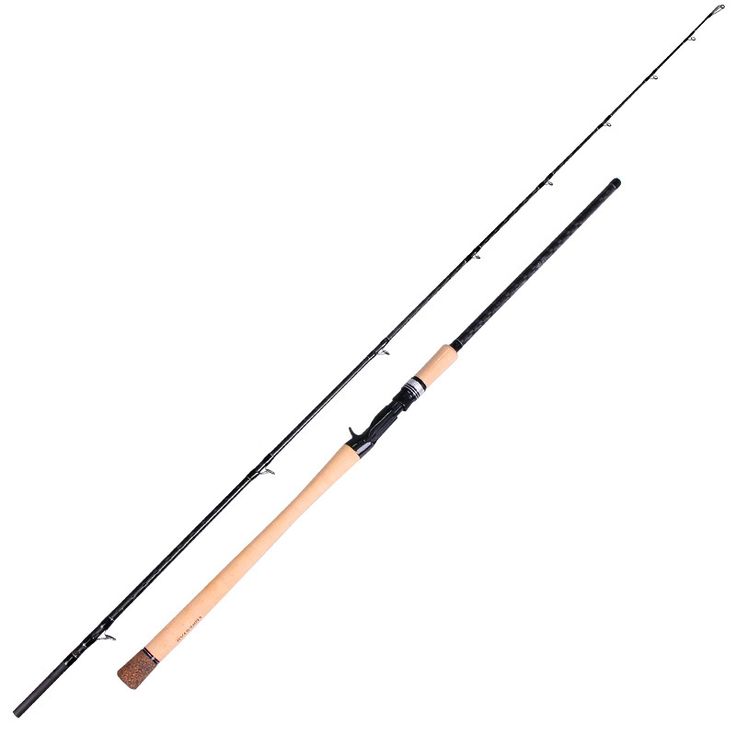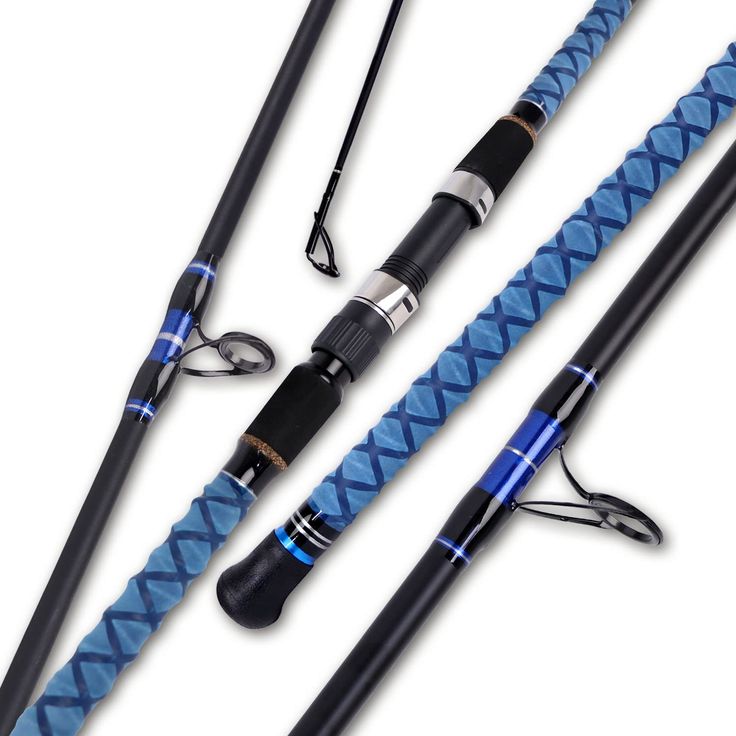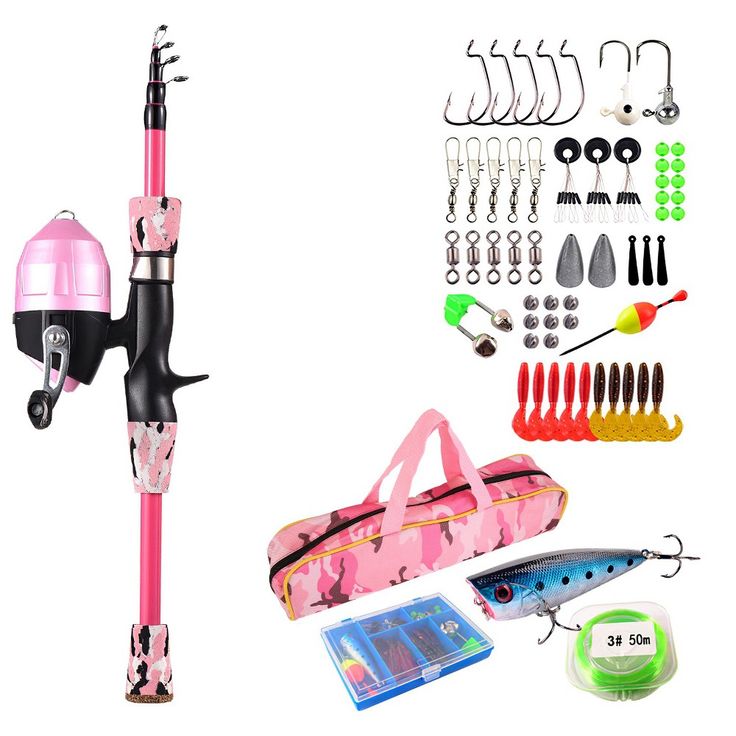Consider Borrowing Gear from Your Guide or Outfitter
When planning your fishing trip, consider borrowing gear from your guide or outfitter first. This option can offer various benefits.
Advantages of Borrowing Fishing Gear
- Familiarity with Local Fish: Outfitters usually have gear optimized for the local species. This increases your chances of a successful catch.
- Cost-Effective: Saves you from the expense of buying or shipping your own rods.
- Hassle-Free: Eliminates the need to pack and transport bulky equipment.
- Quality Assurance: Outfitters generally maintain high-quality, professional gear.
- No Worry About Damage: You reduce the risk of your gear being damaged in transit.
Possible Issues with Borrowing
- Availability: There’s a chance the gear might not be available, especially during peak season.
- Preference: You may prefer the feel of your own equipment.
- Variety: The range of gear may be limited, not matching your specific fishing style.
- Condition: Although unlikely, rental gear might not always be in the best condition.
Before relying on this approach, check with your guide or outfitter. Make sure they have the gear you need. Confirm the condition and availability. Taking this step ensures you’re all set for your fishing adventure!

Driving with Your Rods: A Road Trip Alternative
How to ship a fishing rod? For those planning a fishing trip, driving with rods can be a great option. It provides assurance and control over the transport of your fishing equipment.
The Pros of Driving with Your Rods
- Full Control: You handle your rods from start to end. There’s no risk of airline mishandling.
- Cost Savings: Often cheaper than flying, especially if you’re avoiding extra fees for oversized luggage.
- Immediate Access: No waiting at baggage claims. You can hit the water right after you arrive.
- Road Trip Fun: The journey becomes part of the adventure. You see more sights and can stop at different fishing spots along the way.
The Cons of Driving with Your Rods
- Time-Consuming: Long drives can eat into your vacation time. It may not be practical if your destination is many miles away.
- Vehicle Requirements: Need a car that can fit your gear safely. Renting a vehicle big enough for your rods could add to the cost.
- Tiring: Driving long distances can be exhausting, particularly if you plan to fish upon arrival.
- Geographic Limitations: You cannot drive to every destination. Island or overseas locations are out of the question.
When considering how to ship a fishing rod, driving can be a smart choice. It’s important to weigh the pros and cons based on your specific trip plans.
Flying with Full-Sized Rods: Packing and Airline Policies
For the angler preferring not to part with their full-sized rods, flying with them is an option. It does, however, come with its own set of considerations, centered around airline policies and packing strategies to protect your equipment.
The Benefits of Checking Full-Sized Rods
- Peace of Mind: Keeping your trusted rods with you provides confidence. You know what to expect in terms of performance.
- Avoid Re-Rigging: No need to redo setups when arriving at your destination.
- Carry Multiple Rods: A rod tube can hold several rods, allowing for gear variety and backup options.
But to enjoy these benefits, you must pack your rods securely in a hard tube, check the airline’s policy, and sometimes pay extra fees.
The Downsides of Flying with Full-Sized Rods
- Breakage Risk: Despite careful packing, the rough handling of luggage could damage your rods.
- Costly Fees: Airlines may charge high fees for oversized luggage, which can add a significant expense to your trip.
- Policy Variance: Airline policies often vary, making it essential to confirm the details ahead of time to avoid surprises at the airport.
When opting to fly with full-sized rods, always plan ahead. Check with your airline for their specific policies on sports equipment, and consider investing in a durable rod tube to mitigate the risks during transit.

Travel Rods: Compact and Convenient
For anglers on the move, travel rods offer a smart solution. These rods, designed to break down into multiple pieces, are easy to pack and light to carry. They fit easily into luggage, including some carry-on bags.
Advantages of Using Travel Rods
- Easy Transportation: Their compact size means they’re great for travel without the hassle.
- Avoid Extra Fees: Small enough to avoid oversized baggage fees on flights.
- Convenience: Quickly assemble and disassemble which is perfect for on-the-go anglers.
- Variety: There’s a wide selection of quality travel rods that suit different fishing styles.
Travel rods are a solid choice, especially when you want to keep gear with you. They’re versatile and can save you time and money.
Potential Disadvantages of Multi-Piece Rods
- Sensitivity: Some may feel less sensitive than one-piece rods, affecting the fishing experience.
- Durability Concerns: Joints on multi-piece rods might weaken over time.
- Performance: They may not perform exactly like full-sized rods, some adjustments may be needed.
While travel rods are convenient, it’s important to pick high-quality options and handle them with care. Make sure they match your fishing needs to enjoy your trip to the fullest.
Shipping Rods via Mail Services
For traveling anglers, mail services offer an alternative method for shipping fishing rods securely.
How Mail Services Can Be a Safe Bet
Using USPS, UPS, or FedEx has its advantages. These services provide:
- Tracking Systems: You can monitor your rods during transit. It reduces anxiety about lost items.
- Insurance Options: Adding insurance means you’re covered in case of damage or loss.
- Convenience: Drop off your rods or schedule a pickup. It’s less hassle compared to airline travel.
However, you should:
- Pack Carefully: Use protective tubes and padding to prevent damage.
- Check Regulations: Some carriers have size and weight restrictions.
- Plan Ahead: Shipping can take longer than flying, so send your rods early.
Challenges and Costs of Mailing Rods Internationally
Shipping internationally may pose certain challenges. These include:
- Higher Costs: International shipping is more expensive than domestic.
- Customs Delay: Your rods might be held up in customs, affecting arrival time.
- Complex Paperwork: You may need to complete detailed customs forms.
To manage these issues, research shipping costs beforehand, allow extra time for delivery, and make sure you understand and can complete the required customs documentation.

Specialty Shipping Services for Anglers
For anglers facing the challenge of how to ship a fishing rod, specialty shipping services can be a lifesaver. These services understand the needs of sports enthusiasts and provide tailored solutions for transporting fishing gear.
The Ease of Using Fishing Gear Shipping Services
- Specialized Handling: Companies offer expertise in shipping rods and tackle, ensuring safe transport.
- Convenience: They can pick up your gear or even provide door-to-door service.
- Tracking and Insurance: You can track your shipment and opt for insurance for added peace of mind.
Limitations and Considerations for Angler-Specific Shippers
- Coverage Restrictions: Some services may not ship to all locations. Check their coverage areas first.
- Cost Variables: Fees may vary based on gear size and weight. Calculate costs early to budget.
- Service Specifics: Understand each service’s policies, including handling of claims and delivery guarantees.
When choosing a specialty shipping service, do your research to ensure they can meet your specific travel and fishing needs. Select a company with a proven track record to minimize the risk of issues occurring during transit.
Buying and Shipping Rods Directly to Your Destination
Sometimes, buying new rods and having them shipped to your fishing location is an option.
Pros of Direct Purchase and Shipment
- Convenience: Skip the hassle of packing and carrying rods.
- New Gear Assurance: Get brand-new rods, perfect for your trip.
- Immediate Use: Rods arrive at your destination, ready for action.
- Safe Transit: Retailers know how to ship a fishing rod securely.
Cons of Buying New Equipment for a Single Trip
- Expensive: Costs add up, from buying to shipping back home.
- One-Time Use: New rods may only serve you for this trip.
- Shipping Risks: Delays or errors could interrupt your plans.
- Return Challenges: After your trip, you must manage shipping rods home.
When thinking about how to ship a fishing rod, remember, direct purchase can be simple but costly. Weigh the pros and cons before deciding.
Purchasing Rods at Your Destination
For anglers wanting to avoid shipping hassles, buying rods once you arrive has its merits.
Advantages of Buying Local
- Local Expertise: Shops near destination waters stock gear suited to local fish. This boosts your catch chances.
- Immediate Use: Buy rods and start fishing without delay. No waiting for shipped gear.
- Potential Savings: Dodge shipping costs and fees associated with bringing or sending rods.
- Learning Opportunity: Gain valuable insights from local anglers at the tackle shop.
Be sure to research tackle shops ahead of time. This ensures they have what you need when you arrive.
Potential Risks of Relying on In-Country Purchases
- Stock Issues: Shops may run out of the best gear, especially in peak fish seasons.
- Store Hours: If the shop’s closed when you arrive, you’re stuck. Check hours before you go.
- Higher Prices: Some destinations might charge more for fishing gear. Set a budget.
- Getting Them Home: After your trip, you’ll need to ship or check in newly bought rods. Plan for this cost.
Buying rods at your destination can be practical. But it’s important to prepare for possible issues.